Gomero or Ficus Elastica: [Planting, Care, Substrate and Irrigation]
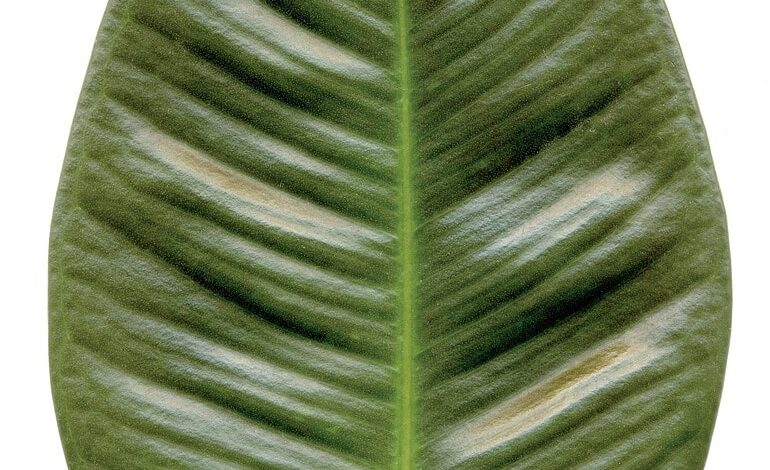
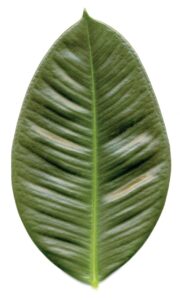 The so-called rubber tree, Hevea brasiliense , is a plant belonging to the euphorbiaceae family.
The so-called rubber tree, Hevea brasiliense , is a plant belonging to the euphorbiaceae family.
Its origin is Asian, it sits in the tropical jungles . It is considered an epiphytic plant, which are those of slow growth that invade other plants, grasped by its powerful roots.
Today we will talk about one of its varieties, the elastic or rubber ficus. Considered an ornamental plant , which is also fast growing
Characteristics of the ficus elastica or gum tree
One of the best known is the Elastic Ficus or Gomero . It is part of the genus of figs. It grows in the northeast of India and west of Indonesia, where from 1851 it began to be used as a lower plant .
Its use indoors became popular for many years to decorate environments. And that despite the fact that it is, par excellence, a tree that grows outdoors, provided that the conditions are the most ideal for its development.
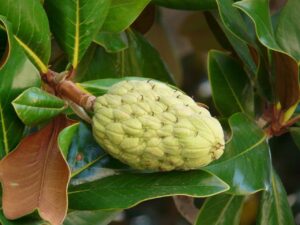 In truth, it is a low-maintenance, easy-care plant that attracts a lot of attention for its spectacular glossy oval leaves and its sleek bearing of spectacular elegance.
In truth, it is a low-maintenance, easy-care plant that attracts a lot of attention for its spectacular glossy oval leaves and its sleek bearing of spectacular elegance.
There is another variety of Ficus elastica variegata where some areas of the leaves do not contain chlorophyll. Variegated plants grow even slower , because they have less chlorophyll to provide nutrients.
However, they give a feeling of greater light and the colors of its foliage are very delicate. Neither the flower nor the fruits are showy or showy.
This plant can reach up to 20 meters in height outdoors and a similar diameter in the wild or natural.
It is advisable to always be careful not to have contact with the latex of the rubber tree, outdoors.
Other Ficus of the Lyrata or Benjamina variety also produce this whitish or sometimes yellowish substance. Later, it was preferred to use the latex from the Hevea brasilensis tree as the main supplier for the rubber industry, since its sap was less irritating and harmful.
There is another variety with very dark leaves called Ficus elastica burgundy, which offers wonderful contrasts when combined with other plants with light green foliage. Use a Croton like Codiaeum variegatum and the success will be resounding.
Another curious fact is that it reaches a reddish color at the tip or apex of the plant, which is complemented by the bright green of its leaves.
It adapts to living in a well-draining pot for a long time. Let’s see some peculiarities of the Elastic Ficus that we are sure you will love.
Two important warnings about the ficus elastica:
- It is a tree that in the right conditions and receiving water can become monstrously large. This is good, because it will give excellent shade all year round. However, try not to plant it near a house or structure, or other trees. Since its roots can end up giving you problems.
- This tree can also be toxic. Watch where it always is and avoid it if you have small children or pets.
Temperature: Where to plant a rubber or rubber ficus?
 It is a very sensitive plant to sub-zero temperatures and, therefore, to freezing storms. Therefore, it lives perfectly well as a houseplant.
It is a very sensitive plant to sub-zero temperatures and, therefore, to freezing storms. Therefore, it lives perfectly well as a houseplant.
Temperatures ranging from 16 to 21 ° C are wonderful for a successful cultivation of this unique plant with very aggressive aerial roots.
It adapts well to growing in hot climates and very high temperatures do not suit it either.
It resists drought but its tropical origin makes it a worshiper of humidity.
Luz: What needs do you have?
Growing at home requires a strategic place where it receives direct sunlight. Take advantage of keeping the sheets always clean under this bright space. And on balconies, terraces or sheds, you will be happy. It will shine better than ever!
Substrate and Compost: How do we prepare the soil?
 It does not demand any specific type of soil. It does not require a specific substrate . What it is interested in is being able to expand its roots well and drain excess water, in order to avoid a pernicious saturation that risks the health of the plant.
It does not demand any specific type of soil. It does not require a specific substrate . What it is interested in is being able to expand its roots well and drain excess water, in order to avoid a pernicious saturation that risks the health of the plant.
However, it is better if the soil is enriched with some organic fertilizer .
Every two years it is convenient to transplant to a larger pot. At the same time, you can take the opportunity to renew the earth. When you do, in spring , wear gloves to avoid direct contact with the sap or latex.
He also likes to do a renewal pruning, in order to strengthen it.
Irrigation: How and how often do we water?
It is absolutely essential that the Gomero grow in a well-draining pot, because it does not like water saturation either. It is necessary not to carry out excessive watering because fungi will appear that will ruin the plant. In addition, their precious leaves can also turn yellow.
And since it loves humidity, from time to time its good-sized oval leaves should be sprayed or mists, to keep it in perfect balance.
But one of the most important functions of the Gomero or Ficus elastica is its tremendous environmental purifying power. It contributes a lot of humidity to the environment and a lot of oxygen, so it is the best helper to create relaxing environments at home as well as in the office. And if you have a beautiful copy of these in your room, the feeling of well-being will be much greater.
Enjoy all the benefits of this simply stunning plant!
Sowing the elastic ficus step by step
- Prepare the soil or a pot with well turned soil.
- Add compost and stir again.
- You can sow the ficus elastica from a cutting or from seed (it will take longer, obviously. But it is also possible that it will grow stronger).
- Once you’ve planted it, it’s important to lightly water the soil.
- At first keep out of direct sun and water every 2-3 days depending on how hot it is.
Fertilization of ficus elastica
 We use worm compost and compost to fertilize all of our indoor plants in early spring. Worm compost is one of our favorite options.
We use worm compost and compost to fertilize all of our indoor plants in early spring. Worm compost is one of our favorite options.
You can apply this sparingly in indoor crops, it’s easy to do
If combinations aren’t your thing, you might prefer a balanced liquid organic fertilizer. When it comes to houseplants, dilute it to half its strength. Use it in spring and maybe again in late summer , but don’t overdo it because too much fertilizer causes burns.
Pests and diseases of this plant
This ficus, like other indoor plants, is susceptible to scales, mealybugs and spider mites. Our best advice: be on the lookout, identify it early, and take action.
 The neem oil or potassium soap are usually highly recommended and efficient ecological options. Annual pruning also works well.
The neem oil or potassium soap are usually highly recommended and efficient ecological options. Annual pruning also works well.
As always, avoid waterlogging the soil where the elastic ficus is planted.
Is the ficus elastica or gum a toxic plant?
Yes. It is a poisonous plant so we do not recommend having it indoors or in the garden outside if there are small children or pets.
The Rubber Plant emits a white sap when pruned or broken. It is irritating to the stomach and to the skin of our pets, so keep your cats and dogs away from this plant or do not grow it directly.

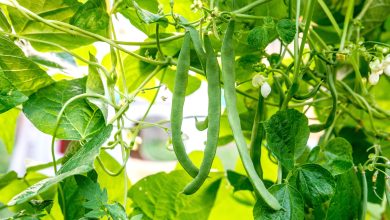
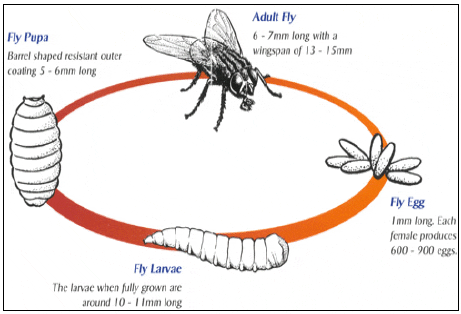
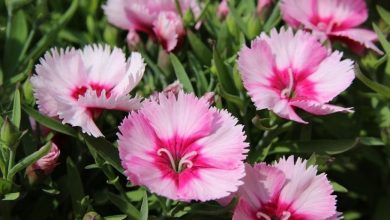
![Photo of Ceibo: [Cultivation, Irrigation, Care, Pests and Diseases]](https://www.complete-gardening.com/wp-content/uploads/2021/06/Ceibo_1618358382-390x220.jpg)